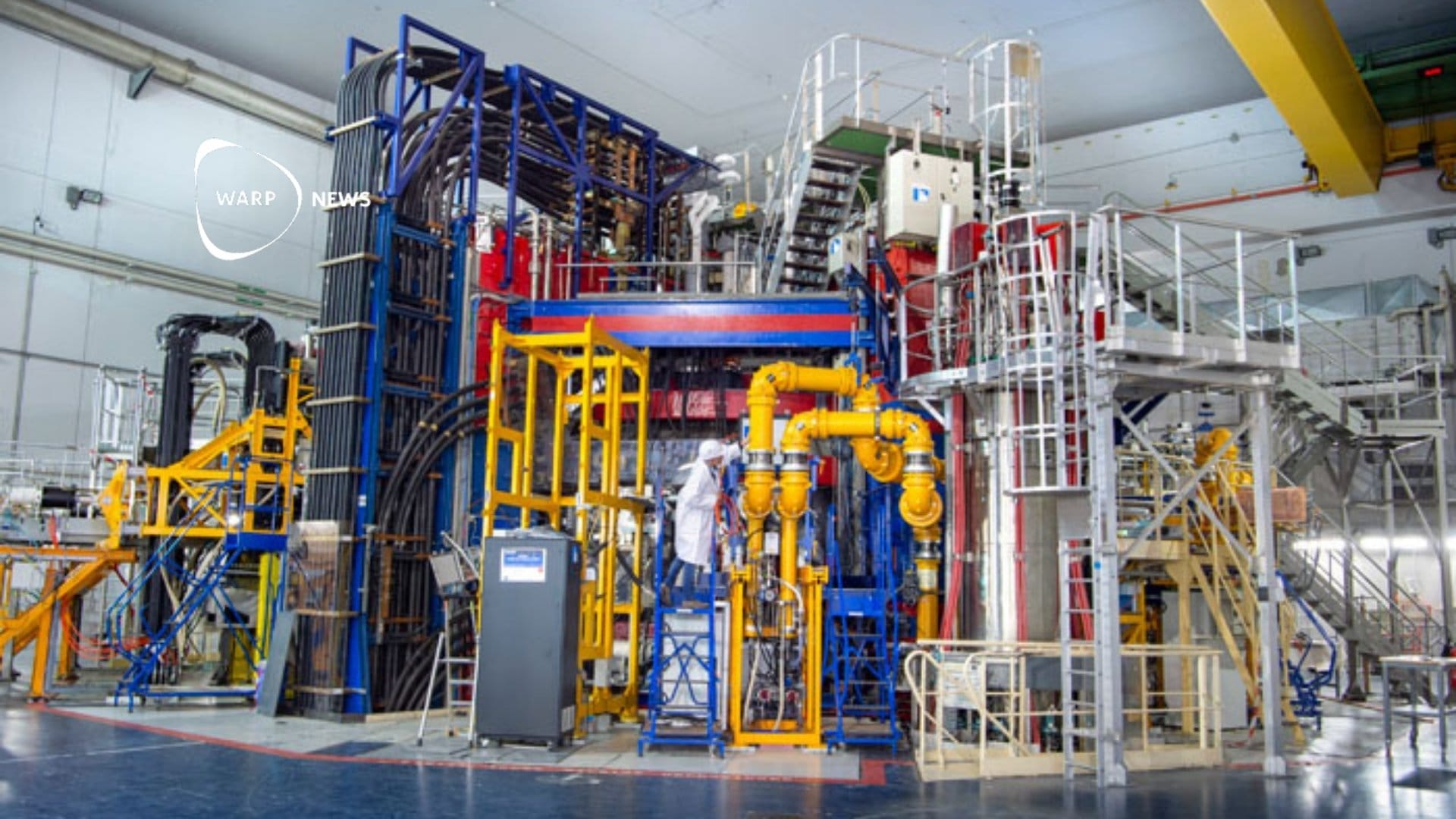
🛰 Military project brings us closer to space-based solar energy
The United States military wants to improve mobility and reduce vulnerability in war zones. This desire could be of great importance to the green transition.
Share this story!
The climate crisis is a looming threat that most countries and many companies are trying to solve through a plethora of different measures. A perhaps surprising proponent of renewables is the United States military.
On December 21, The Air Force Research Laboratory shared information on progress on their Space Solar Power Incremental Demonstrations and Research (SSPIDR) Project, which they're cooperating on with Northrop Grumman. In brief, the idea is to have solar arrays in space that can beam energy to power vehicles and equipment on the ground.
The electrification of tanks and other ground vehicles might not be feasible options for the time being, but the technology is already relevant as lots of advanced equipment is dependent on fossil-powered generators to operate. To facilitate the operation of said equipment, vulnerable convoys must traverse hostile territory to supply the necessary fuels. SSPIDR aims to be an effective solution to this issue.
“We are helping to deliver a pioneering capability that can provide a strategic advantage to our forces around the globe.”, says Jay Patel, vice president, remote sensing programs business unit, Northrop Grumman.
They've developed a solar panel that's referred to as a sandwich tile. It consists of two layers, the first being a panel of highly efficient photovoltaic (PV) cells that collect solar energy, which is transferred to the second layer, that's populated with components that enable solar energy to be converted to radio frequency (RF) and beamforming. It's this technology that recently was successfully tested on earth.
"The successful conversion of sunlight into RF energy in a lightweight and scalable architecture is a significant step forward in delivering the technology building blocks to achieve the Arachne mission", Patel states.
The successful test on earth is encouraging, and full-on tests of the panels and associated systems will be conducted in 2025, when the Arachne flight will take place.
As has been the case with numerous other technologies, including GPS, portable computers and even reliable flight, this could be a matter of a military asset that transforms society and benefits humanity as a whole.
By becoming a premium supporter, you help in the creation and sharing of fact-based optimistic news all over the world.


